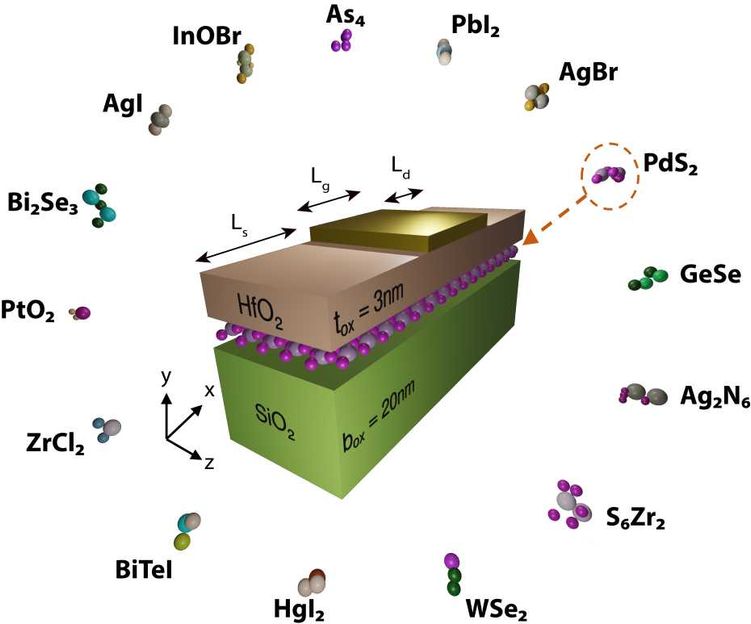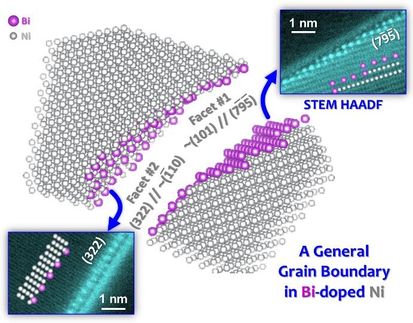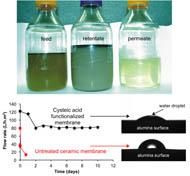Materials processing tricks enable engineers to create new laser material
By doping alumina Crystals with neodymium ions, engineers at the University of California San Diego have developed a new laser material that is capable of emitting ultra-short, high-power pulses--a combination that could potentially yield smaller, more powerful lasers with superior thermal shock resistance, broad tunability and high-duty cycles.
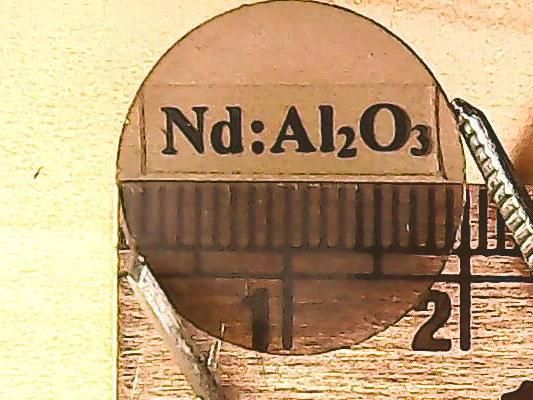
By doping alumina crystals with neodymium ions, engineers at the University of California San Diego have developed a new laser material that is capable of emitting ultra-short, high-power pulses -- a combination that could potentially yield smaller, more powerful lasers with superior thermal shock resistance, broad tunability and high-duty cycles.
Elias Penilla
To achieve this advance, engineers devised new materials processing strategies to dissolve high concentrations of neodymium ions into alumina crystals. The result, a neodymium-alumina laser gain medium, is the first in the field of laser materials research. It has 24 times higher thermal shock resistance than one of the leading solid-state laser gain materials.
Neodymium and alumina are two of the most widely used components in today's state-of-the-art solid-state laser materials. Neodymium ions, a type of light-emitting atoms, are used to make high-power lasers. Alumina crystals, a type of host material for light-emitting ions, can yield lasers with ultra-short pulses. Alumina crystals also have the advantage of high thermal shock resistance, meaning they can withstand rapid changes in temperature and high loads of heat.
However, combining neodymium and alumina to make a lasing medium is challenging. The problem is that they are incompatible in size. Alumina crystals typically host small ions like titanium or chromium. Neodymium ions are too big--they are normally hosted inside a crystal called yttrium aluminum garnet (YAG).
"Until now, it has been impossible to dope sufficient amounts of neodymium into an alumina matrix. We figured out a way to create a neodymium-alumina laser material that combines the best of both worlds: high power density, ultra-short pulses and superior thermal shock resistance," said Javier Garay, a mechanical engineering professor at the UC San Diego Jacobs School of Engineering.
Cramming more neodymium into alumina
The key to making the neodymium-alumina hybrid was by rapidly heating and cooling the two solids together. Traditionally, researchers dope alumina by melting it with another material and then cooling the mixture slowly so that it crystallizes. "However, this process is too slow to work with neodymium ions as the dopant--they would essentially get kicked out of the alumina host as it crystallizes," explained first author Elias Penilla, a postdoctoral researcher in Garay's research group. So his solution was to speed up the heating and cooling steps fast enough to prevent neodymium ions from escaping.
The new process involves rapidly heating a pressurized mixture of alumina and neodymium powders at a rate of 300°C per minute until it reaches 1,260°C. This is hot enough to "dissolve" a high concentration of neodymium into the alumina lattice. The solid solution is held at that temperature for five minutes and then rapidly cooled, also at a rate of 300°C per minute.
Researchers characterized the atomic structure of the neodymium-alumina crystals using X-ray diffraction and electron microscopy. To demonstrate lasing capability, researchers optically pumped the crystals with infrared light (806 nm). The material emitted amplified light (gain) at a lower frequency infrared light at 1064 nm.
In tests, researchers also showed that neodymium-alumina has 24 times higher thermal shock resistance than one of the leading solid-state laser gain materials, neodymium-YAG. "This means we can pump this material with more energy before it cracks, which is why we can use it to make a more powerful laser," said Garay.
The team is working on building a laser with their new material. "That will take more engineering work. Our experiments show that the material will work as a laser and the fundamental physics is all there," said Garay.
Original publication
Most read news
Original publication
Elias H. Penilla, Luis F. Devia-Cruz, Matthew A. Duarte, Corey L. Hardin, Yasuhiro Kodera & Javier E. Garay; "Gain in polycrystalline Nd-doped alumina: leveraging length scales to create a new class of high-energy, short pulse, tunable laser materials"; Light: Science and Applications; 2018
Topics
Organizations
Other news from the department science

Get the chemical industry in your inbox
By submitting this form you agree that LUMITOS AG will send you the newsletter(s) selected above by email. Your data will not be passed on to third parties. Your data will be stored and processed in accordance with our data protection regulations. LUMITOS may contact you by email for the purpose of advertising or market and opinion surveys. You can revoke your consent at any time without giving reasons to LUMITOS AG, Ernst-Augustin-Str. 2, 12489 Berlin, Germany or by e-mail at revoke@lumitos.com with effect for the future. In addition, each email contains a link to unsubscribe from the corresponding newsletter.
Most read news
More news from our other portals
Last viewed contents
Protein_interactions
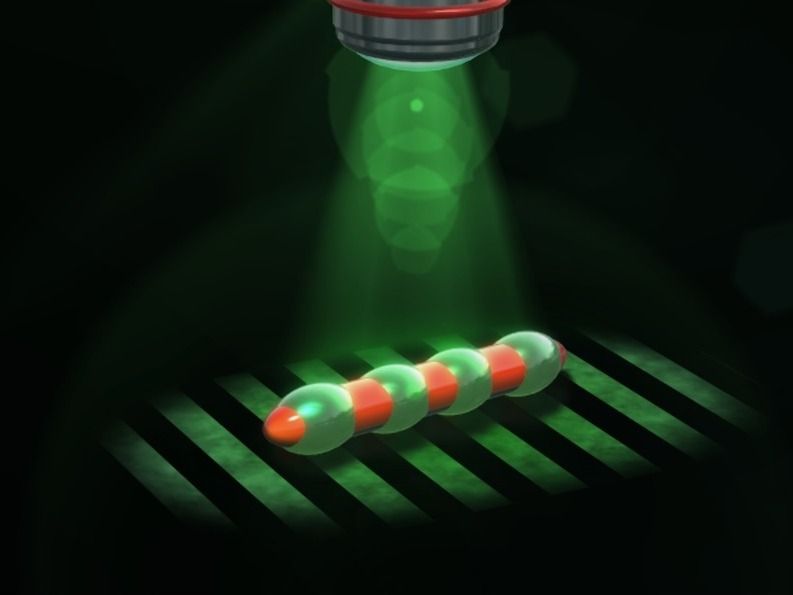
Microrobots learn from ciliates - A swimming microrobot formed from liquid-crystal elastomers is driven by a light-induced peristaltic motion
Finite_deformation_tensors
Unsolved_problems_in_chemistry
Bacteriocin
Zolmitriptan
Sustained_release
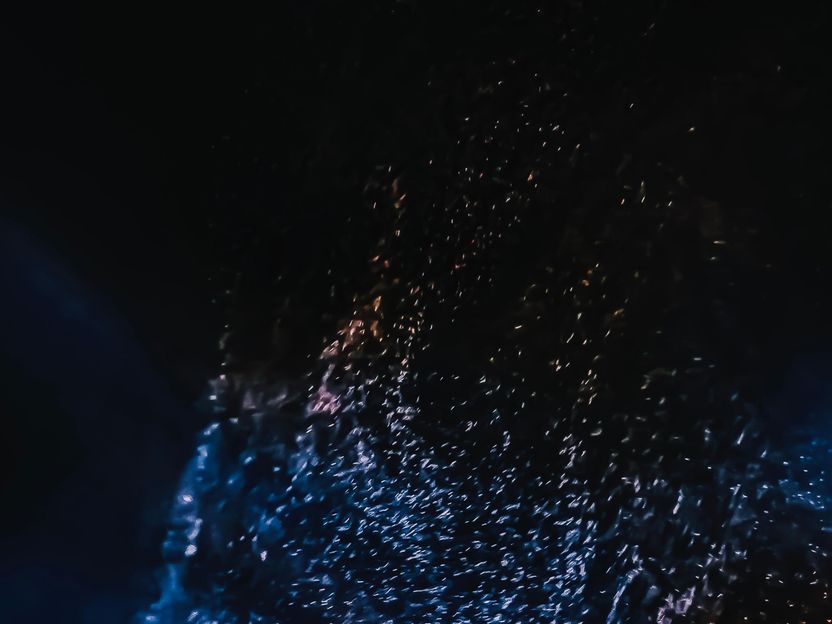
How do cells react to micro- and nanoplastics? - Plastic particles could also bind potentially harmful substances to themselves and introduce them into the cell as a "Trojan horse"
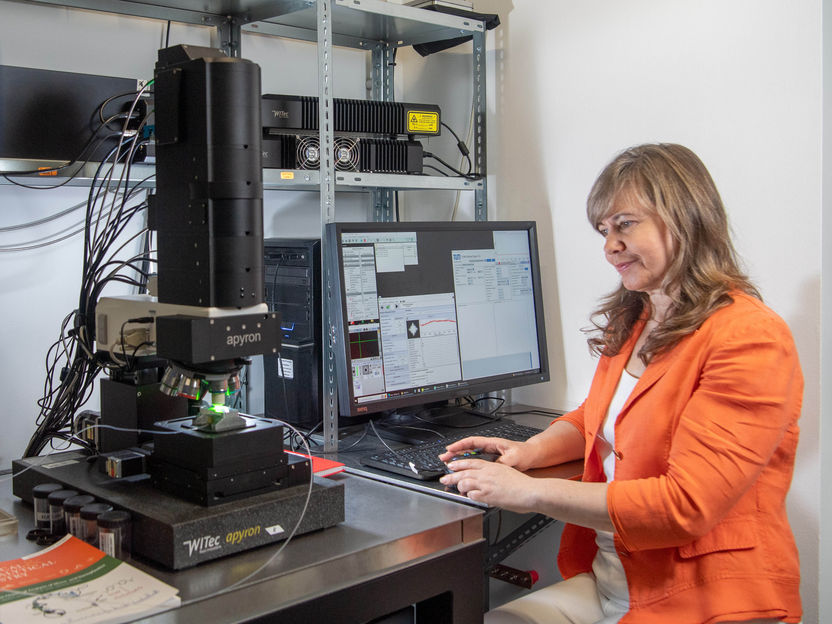
Tracing invisible particles - Automated analysis of microplastics
Mycophenolic_acid
Fuchsine
